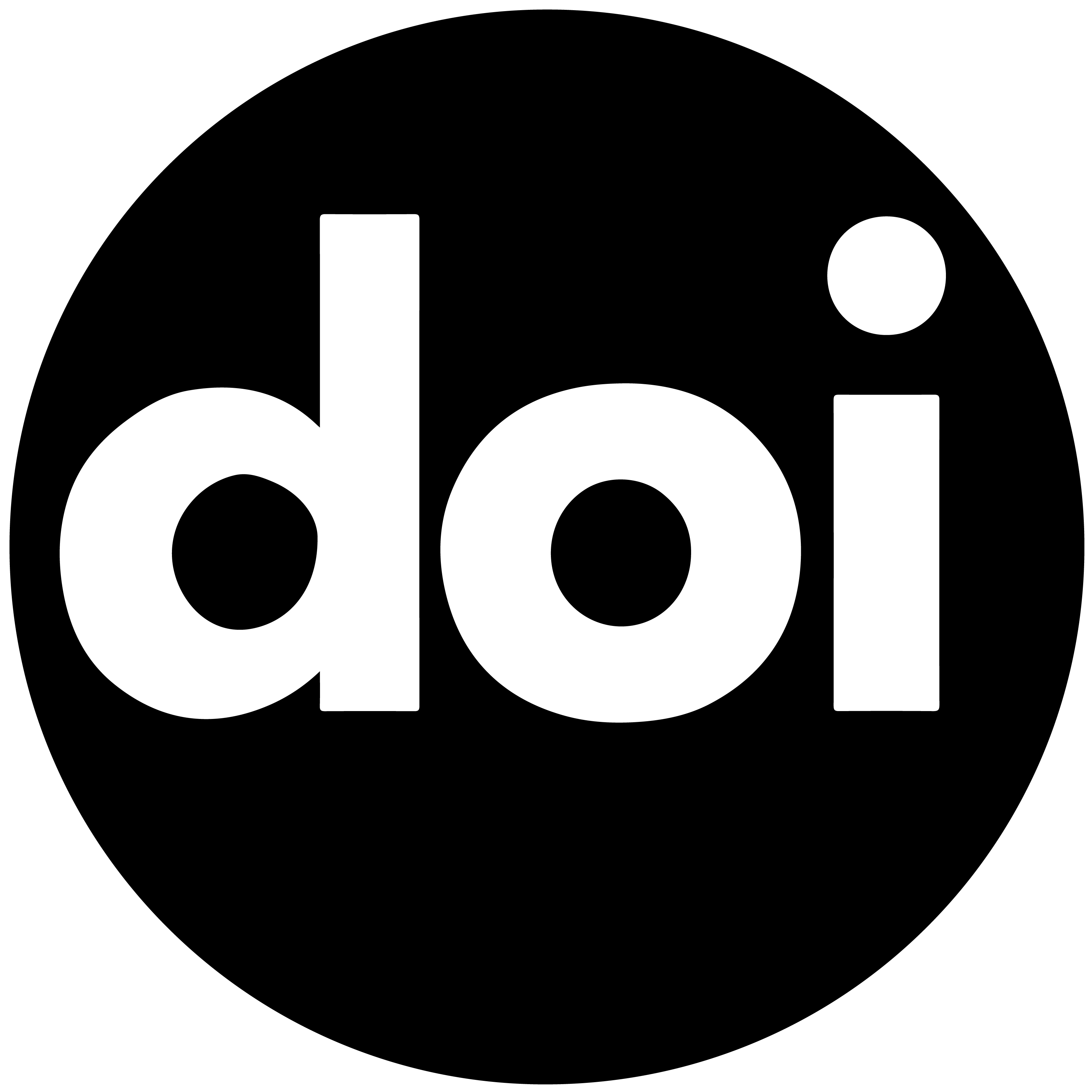Game over: drones, visualidades e a gamificação da guerra
Game over: Drones, visualities, and war-as-game
Contenido principal del artículo
Resumen
¿Cómo las visualidades resultantes del uso de drones militares en conflictos moldean las concepciones de la guerra? El uso extensivo de drones ha producido nuevas formas de visualizar el campo de batalla en el que se desarrollan las operaciones militares. Las imágenes y los videos producidos por ellos en tiempo real, y posteriormente compartidos en los medios masivos, influyen en cómo la guerra es percibida por el público. En este artículo, nos proponemos examinar cómo los artefactos visuales generados por drones producen experiencias particulares frente a los conflictos, que implican el distanciamiento y la deshumanización de los objetivos humanos, tanto civiles como militares, en un proceso de gamificación de la guerra. Partimos de una metodología visual de interpretación compositiva centrada en la circulación de artefactos visuales para analizar cómo las imágenes y los videos producidos por drones en los recientes conflictos, entre Ucrania y Rusia, e Israel y Hamas, generan concepciones de la guerra como juego de estos contextos.
Descargas
Detalles del artículo
Referencias / Ver
Agamben, G. (1998). Homo Sacer, Sovereign Power and Bare Life. Stanford University Press.
Al Jazeera (2024). Gaza drone video shows killing of Palestinians in Israeli air attack. https://youtu.be/DhVV2_mub84?si=lQj0j3XJf9fzo0sS
Autesserre, S. (2017). Dangerous tales: Dominant narratives on the Congo and their unintended consequences. African Affairs, 111(443), 202-222.
Baspehlivan, U. (2024). Theorising the memescape: The spatial politics of Internet memes. Review of International Studies, 50(1), 35-57.
Bleiker, R. (2001). The aesthetic turn in international political theory. Millennium: Journal of International Studies, 30(3), 509-533.
Bleiker, R. (2009). Aesthetics and World Politics. Palgrave Macmillan.
Bleiker, R. (2018). Mapping visual global politics. En R. Bleiker (Coord.), Visual Global Politics (1-29). Routledge.
Campbell, D. (2007). Geopolitics and visuality: Sighting the Darfur conflict. Political Geography, 26, 357-382.
Chamayou, G. (2015). A Theory of the Drone. New Press.
Clausewitz, C. V. (2023). Da Guerra. Martins Fontes.
Der Derian, J. (1990). The simulation syndrome: From war games to game wars. Social Text, 24, 187-192.
Der Derian, J. (2000). The art of war and the construction of peace: Toward a virtual theory of international relations. En M. Kelstrup y M. C. Williams (Coords.), International Relations Theory and the Politics of European Integration: Power, Security and Community (72-105). Routledge, 2000.
Der Derian, J. (2003). War as Game. The Brown Journal of World Affairs, 10(1), 37-48.
Der Derian, J. (2009). Virtuous War: Mapping the military-industrial-media-entertainment network (2.ª ed.). Routledge.
Dodds, K. (2007). Steve Bell’s eye: Cartoons, geopolitics and the visualization of the ‘War on Terror’. Security Dialogue, 38(2), 157-177.
Dodds, K. (2018). Geopolitics. En R. Bleiker (Coord.), Visual Global Politics (pp. 157-162). Routledge.
Ferhani, A. y Nyman, J. (2023). What does security look like? Exploring interpretive photography as method. European Journal of International Security, 8(3), 354-376.
Friis, S. M. (2015). ‘Beyond anything we have ever seen’: beheading videos and the visibility of violence in the war against isis. International Affairs, 91(4), 725-746.
Forças de Defesa de Israel (2024). Raw footage of Yahya Sinwar’s last moments. https://youtu. be/YqkSaMuuzzY?si=5EqzZ5NdM4eWkhTc
Grauer, R. (2022). Technology and warfare. En J. Baylis, J. J. Wirtz y J. Johnson (Coords.), Strategy in the Contemporary World (7.ª edição, pp. 125-143). Oxford University Press.
Gregory, D. (2011). From a view to a kill: Drones and late modern war. Theory, Culture & Society, 28(7-8), 188-215.
Gregory, T. (2015). Drones, targeted killings, and the limitations of international law. International Political Sociology, 9, 197-212.
Gregory, T. (2017). Targeted killings: Drones, noncombatant immunity, and the politics of killing. Contemporary Security Policy, 38(2), 212-236.
Hansen, L. (2015). How images make world politics: International icons and the case of Abu Ghraib. Review of International Studies, 41, 263-288.
Hansen, L. (2017). Reading comics for the field of International Relations: Theory, method and the Bosnian War. European Journal of International Relations, 23(3), 581-608.
Heuser, B. (2010). The Evolution of Strategy: Thinking War from Antiquity to the Present. Cambridge University Press.
Holmqvist, C. (2013). Undoing war: War ontologies and the materiality of drone warfare. Millennium: Journal of International Studies, 41(3), 535-552.
Keegan, J. (2004). Intelligence in War: Knowledge of the Enemy from Napoleon to Al-Qaeda. Pimlico.
Keegan, J. (2006). Uma história da guerra. Companhia das Letras.
Martin, G. y Steuter, E. (2017). Drone Nation: The Political Economy of America’s New Way of War. Lexington Books.
Mbembe, A. (2016). Necropolítica. Arte & Ensaios, 32, 123-151.
McInnes, C. (2002). Spectator-Sport War: The West and Contemporary Conflict. Lynne Rienner Pub.
Mendes, C. y Junqueira, K. (2020). Drones, warfare, and the deconstruction of the enemy. Contexto Internacional, 42(2), 237-256.
Peoples, C. y Vaughan-Williams, N. (2021). Critical Security Studies: An Introduction. Routledge.
Renic, N. C. y Kaempf, S. (2022). Modern lawfare: Exploring the relationship between military first-person shooter video games and the “War is Hell” myth. Global Studies Quarterly, 2(1), ksab045.
Robinson, P. (2018). CNN effect. En R. Bleiker (Coord.), Visual Global Politics (pp. 62-67). Routledge.
Rose, G. (2023). Visual Methodologies: An Introduction to Researching with Visual Materials (5ª ed.). sage.
Shaw, I. G. R. y Akhter, M. (2012). The Unbearable Humanness of Drone Warfare in fata, Pakistan. Antipode: A Radical Journal of Geography, 44(4), 1490-1509.
Shaw, I. G. R. (2013). Predator empire: The geopolitics of US drone warfare. Geopolitics, 18(3), 536-559.
Shim, D. (2014). Visual Politics and North Korea: Seeing is believing. Routledge.
Shim, D. (2017). Sketching geopolitics: Comics and the case of the Cheonan Sinking. International Political Sociology, 11, 398-417.
Shurtleff, D. K. (2002). The effects of technology on our humanity. The US Army War College Quarterly: Parameters, 32(2), 100-112.
Sky News (2024). Ukraine War: Dramatic drone footage shows Russian convoy ‘ambush’. https://youtu.be/dcYOjbyttvM?si=rCPA6T5 xU4TWyIC7.
Sylvester, C. (2013). War as Experience: Contributions from international relations and feminist analysis. Routledge.
The Telegraph (2024). Moment Russian soldier catches and throws away Ukrainian ‘drone bombs’. https://www.youtube.com/ watch?v=1X9bcyw3NJQ
Walzer, M. (2004). Arguing about War. Yale University.
Weizman, E. (2007). Hollow Land: Israel’s Architecture of Occupation. Verso.
Wilcox, L. (2015). Drone warfare and the making of bodies out of place. Critical Studies on Security, 3(1), 127-131.
Wilcox, L. (2017). Embodying algorithmic war: Gender, race, and the posthuman in drone warfare. Security Dialogue, 48(1), 11-28.
Wilcox, L. (2018). Drones. En R. Bleiker (Coord.), Visual Global Politics. Routledge, 111-114.
Zimbardo, P. (2007). The Lucifer Effect: Understanding how good people turn evil. Random House.










